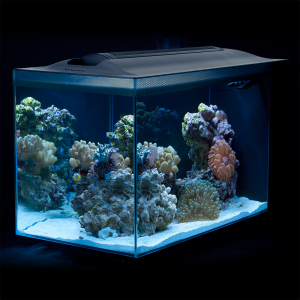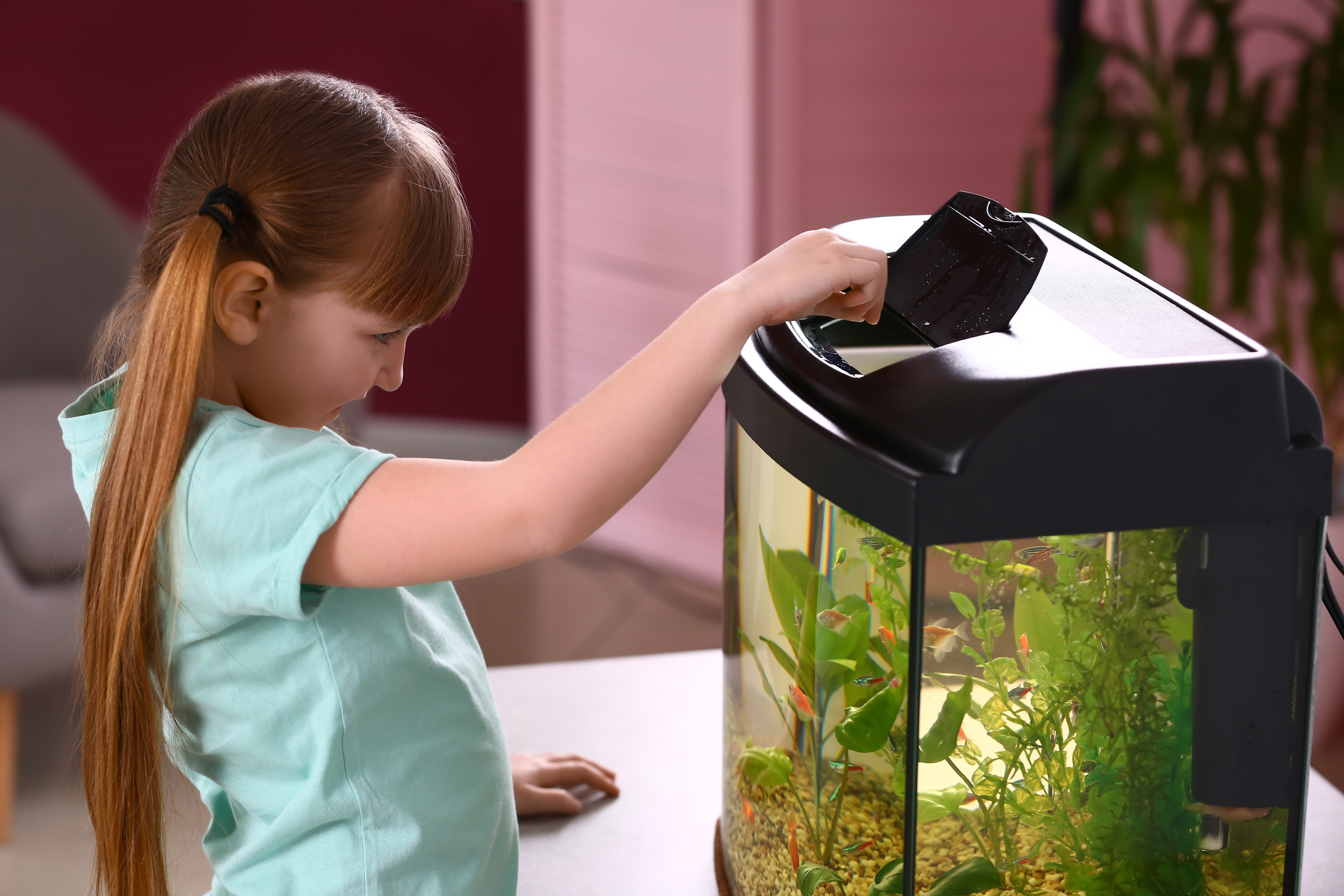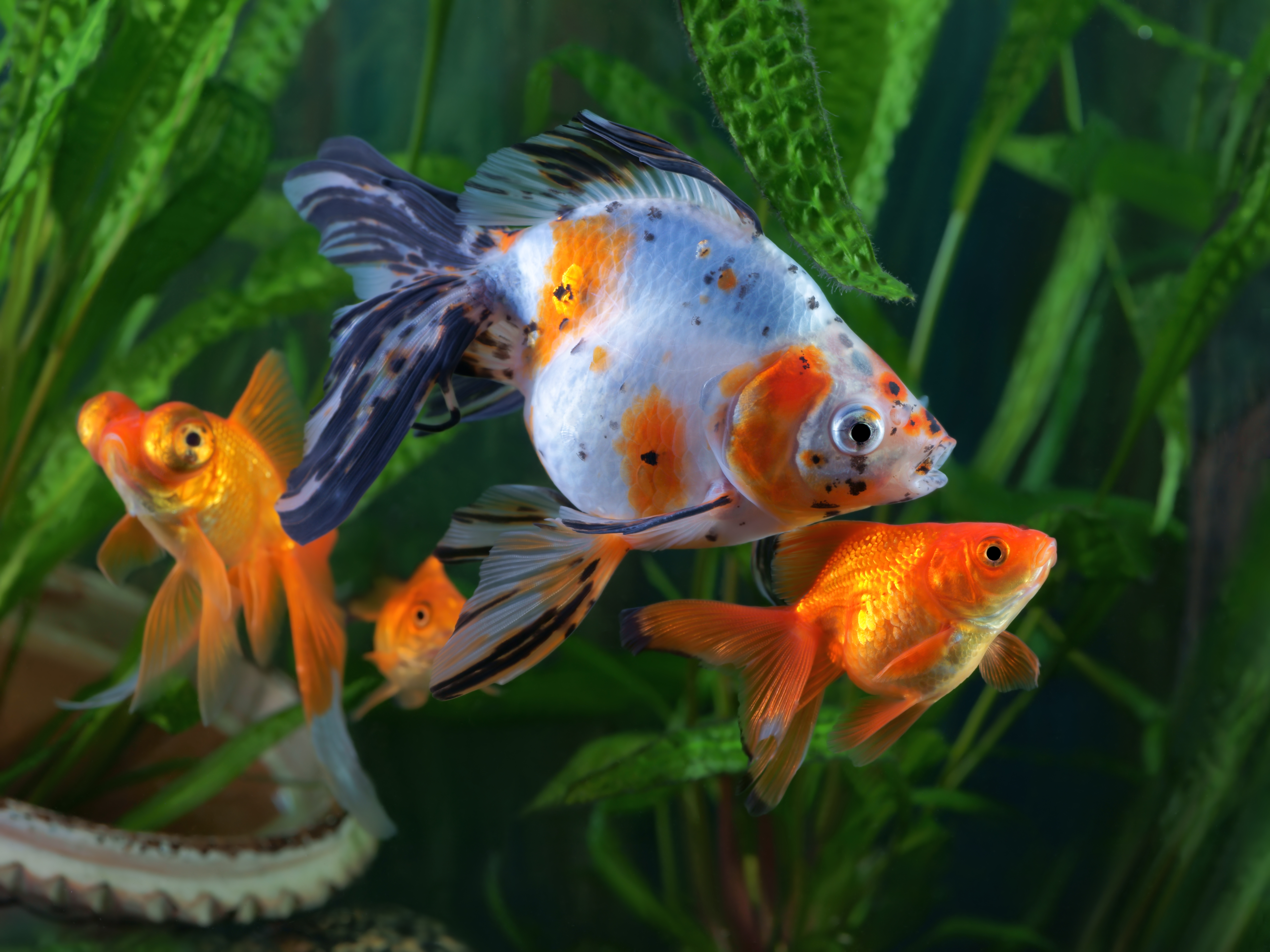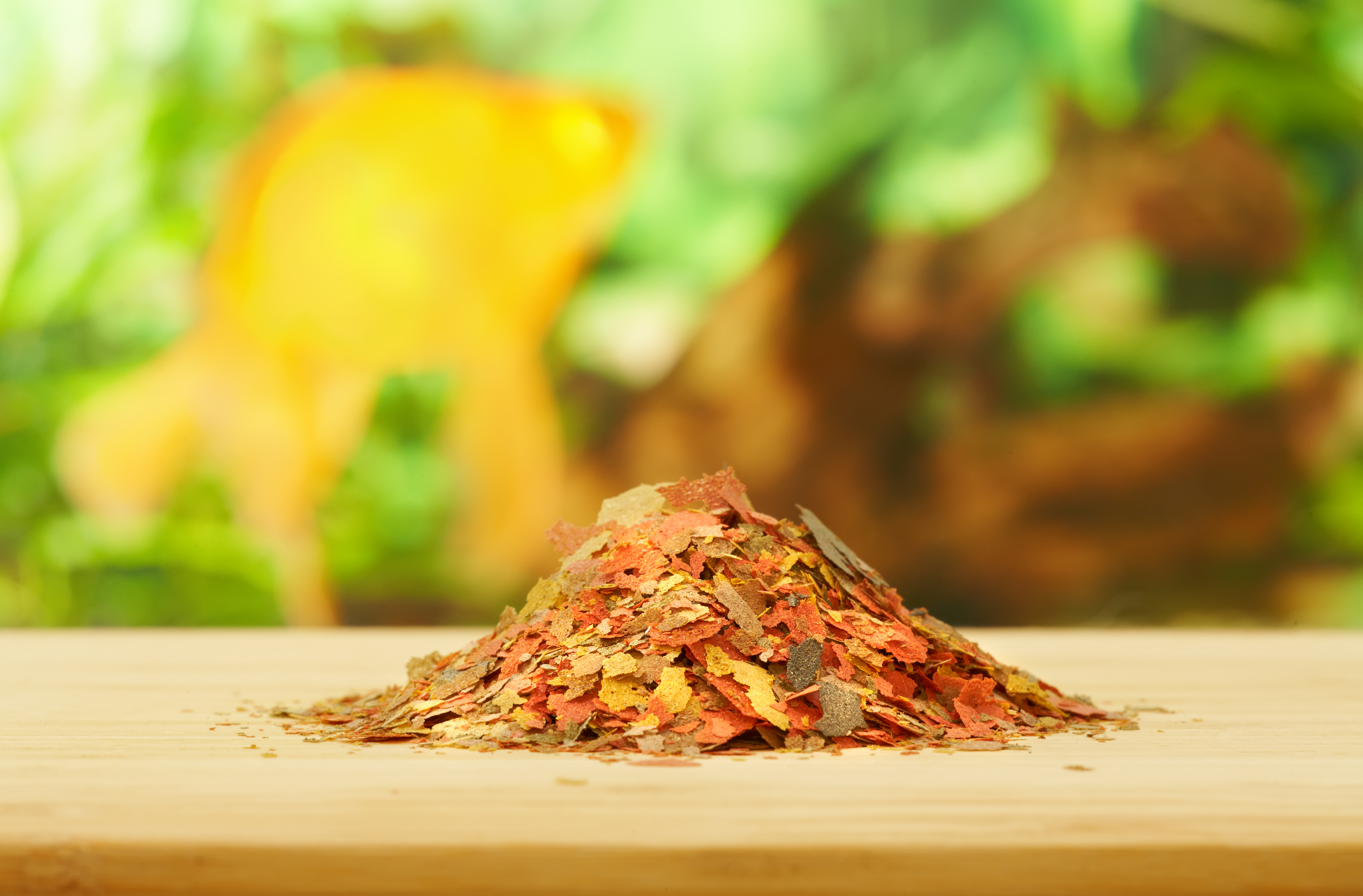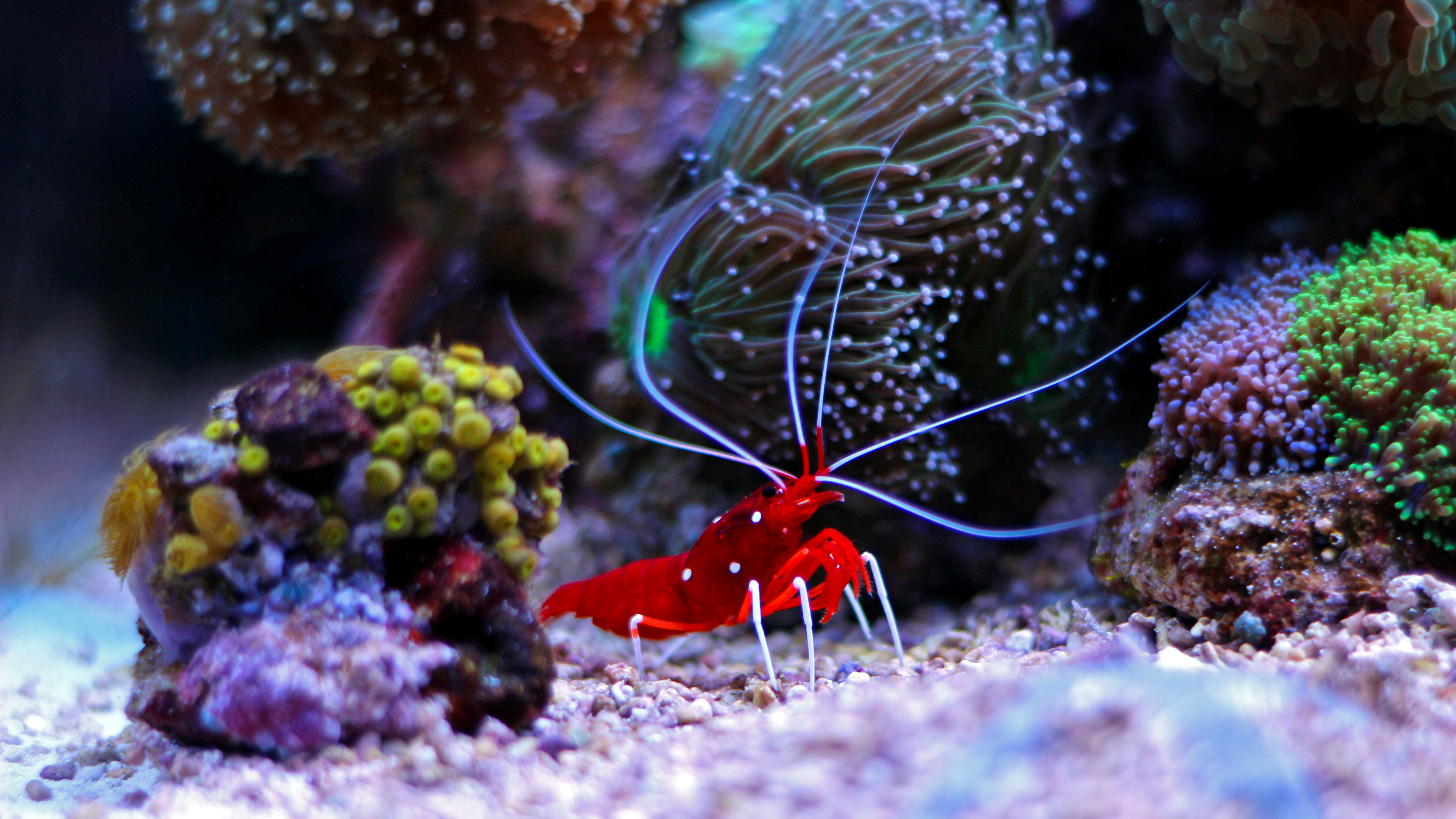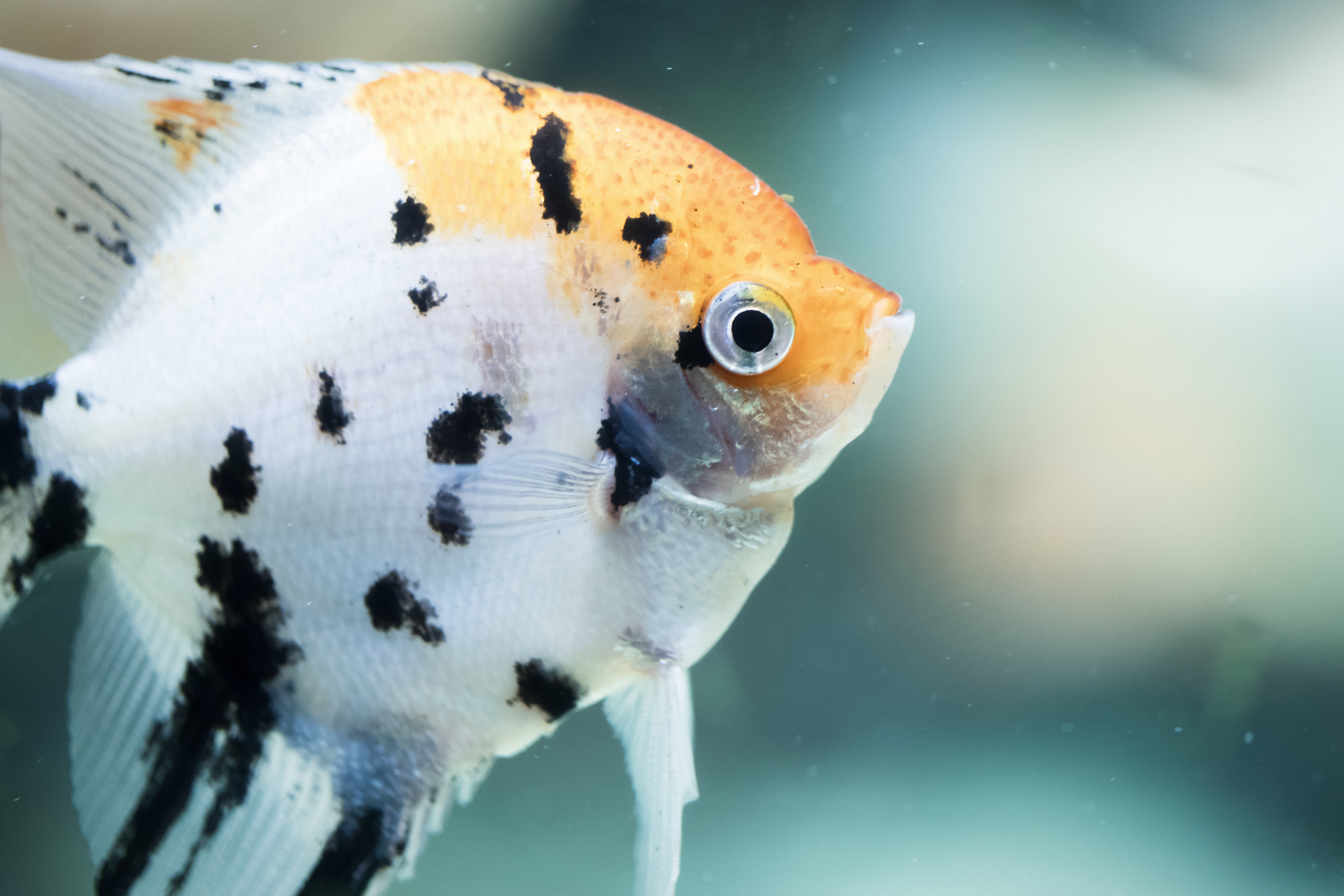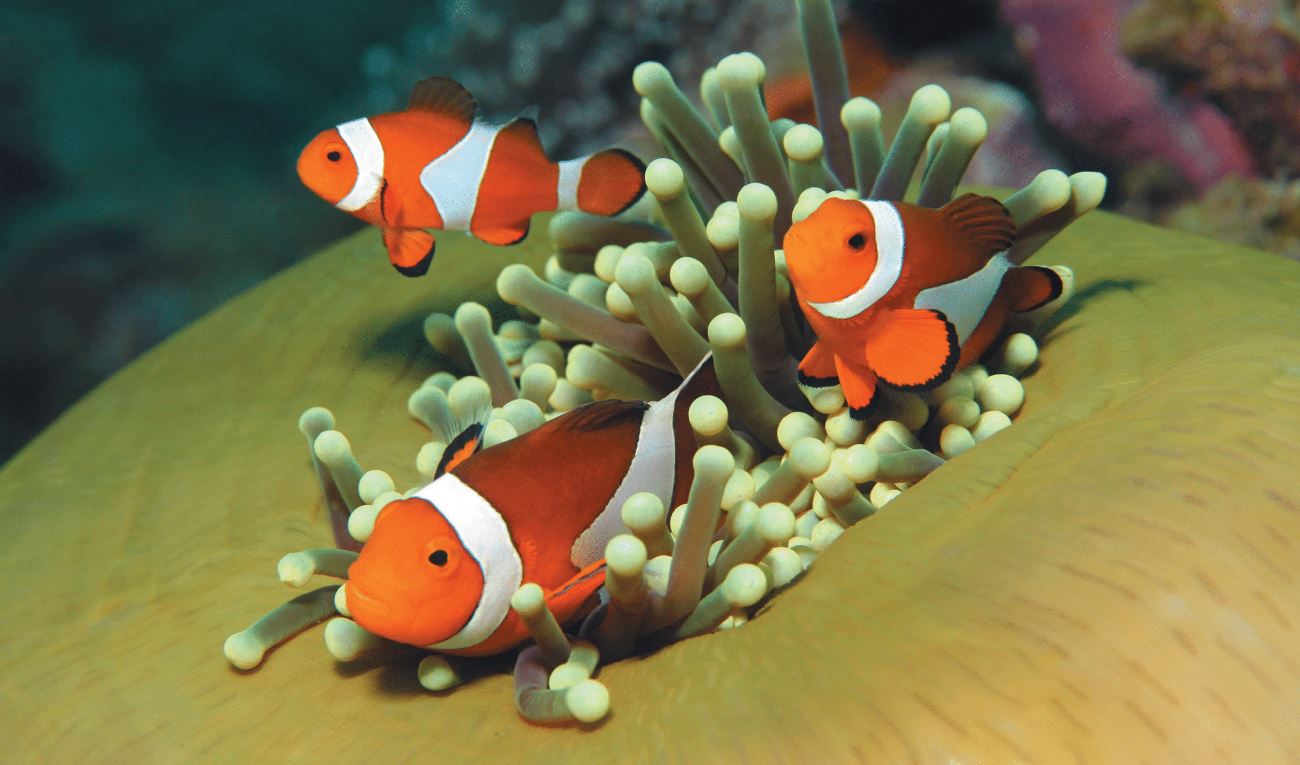Broaden the Base
Karen M. Alley //June 28, 2017//
The tide is turning in favor of saltwater fish. As many retailers know, the saltwater fish category as a whole often suffers from an image problem. Getting into the marine side of things has the reputation of being expensive, too much work and too hard to find success. But thanks to new aquarium kits, heartier fish and other innovations, the saltwater category is shaking its somewhat undeserved reputation, and more people are finding out first-hand the rewards of keeping saltwater fish.
All-in-One Convenience
One way to make it easy for customers to get started on the saltwater side of things is to offer aquarium kits, taking some of the guess work out of what equipment to buy. Another fear that often keeps beginners from embarking on saltwater fishkeeping is the initial start-up cost. The reality is that, whether you’re keeping freshwater or saltwater fish, you can spend hundreds of dollars on equipment if you choose to go with high-end purchases. But all-in-one kits help group the necessary tools together in a relatively affordable package.
Taking advantage of the growing interest in nano tanks, the Evo 12 from Fluval brings the nano world to saltwater fishkeeping. At 13½ gallons, the small size is easily manageable for people starting out with saltwater. It is also appealing for longtime hobbyists who might want an additional aquarium for a specialized type of set up.
“There’s a misconception that it’s expensive to get into saltwater fishkeeping, and we’re defying that with this kit,” said Chris LeRose, aquatics division manager at Rolf C. Hagen USA Corp. “Our kit retails at $199 or less, which makes it good for the customer who wants to get into saltwater but doesn’t want to go huge.”
The Evo 12 kit includes LED lighting and a filter with a pump.
“We’ve also come out with a mini-protein skimmer for the smaller size aquarium,” LeRose said.
The PS2 Mini Protein Skimmer is designed for aquariums of five to 20 gallons and has a modular design for easy access and cleaning.
Coralife LED BioCubes also offer an all-in-one option. The line was recently improved by adding two inches to the two available sizes, bringing them up to 16 and 32 gallons. This kit includes an LED light with a 24-hour timer, a filter and a submersible pump.
“We have found that products that allow marine aquarists to successfully and conveniently manage their aquariums are popular, which is what helped lead us to develop the BioCube kit,” said Andy Hudson, R&D product designer for Central Garden & Pet.
Feeding Made Easy
Another misconception being shattered is that feeding saltwater fish is complicated and messy. New packaging options means there’s no more messy thawing to endure—it’s as easy as popping open a packet and putting it in the aquarium. Omega Sea has introduced a line of stand-up pouches, each containing 30 individual pods, in four varieties: mysis shrimp, super or premium brine shrimp and blood worms. These were designed to provide perfect portion control in a fast, clean package.
Flat packs are another convenient packaging option for frozen foods, offered by both Omega Sea and Ocean Nutrition. New options in flat packs from Ocean Nutrition include Reef Formula One and Two, Fish Only Formula and Predator Formula, introduced in response to the changing landscape of the marine hobby.
“We’ve seen more people having large mixed-reef aquariums, large fish-only aquariums or large predatory marine fish, and these products will help people provide the proper nutrition for their specific aquarium,” said Jason Oneppo, research and development manager at San Francisco Bay Brand and Ocean Nutrition Americas.
Making things easy on the customer is one improvement, but manufacturers of fish food are also introducing new products to help entice finicky fish to eat, helping ensure success with the aquarium. Ocean Nutrition has launched a new fish eggs product this year that is excellent at enticing finicky fish to feed. The eggs are obtained before dyes, flavors or preservatives are added, and the product contains high levels of protein and Omega-3 fatty acids, making a good addition to a varied diet.
The Main Attraction
Of course, the aquarium, accessories and food are all just support for the real attraction: the fish.
“Damsels and clownfish are always popular, and they’re good species to recommend to beginners, since they’re pretty hardy and relatively inexpensive,” said John Stewart, sales associate at House of Tropicals in Glen Burnie, Maryland, which offers an assortment of varieties, including Amphiprion ocellaris and Amphiprion percula clownfish. “For the damsels, we have a wide assortment, but I like the yellowtail blue damselfish because they’re not as aggressive and territorial as the others.”
More advanced hobbyists often look for something unique to add to their tank, and House of Tropicals has found Mandarin dragonets, flame angelfish and tangs to be among the most popular.
“We have a gem tang right now that is beautiful, all black with blueishwhite spots, that is brand new,” Stewart said.
According to Stewart, education is very important for customers looking to get into the saltwater category.
“We will walk around with people to talk about each species, which ones work well with one another and different things they’ll need to start up a tank,” he said.
How livestock is sourced is also important to many marine hobbyists. Unlike the freshwater market, which relies mostly on fish raised in captivity, the challenges of captive-breeding marine fish has contributed to slower growth in the market. Saltwater species tend to spawn smaller, less robust larvae that makes it harder to rear to maturity.
However, through research and sharing of information, more captive- bred marine fish are being introduced to the market. Captive-bred fish are more used to the water quality found in home aquariums, which allows them to acclimate better. They’re also more willing to accept prepared foods, making feeding easier and enabling hobbyists to keep healthier livestock. Segrest Farms and Sustainable Aquatics offer a variety of tank-raised and captive bred marine fish for retailers, including gobies, bennies and clownfish.
Segrest Farms is also making an effort to help fund further research. The company recently announced a program to donate 1 percent of sales from tank-raised marine fish to Rising Tide Conservation, a non-profit organization that helps fund research into captive breeding marine fish and then shares the results of the research with commercial breeders.
While advances are being made in captive breeding, a raising consciousness has also helped support sustainable practices in collecting fish. It is important for retailers to be informed of how fish are collected and be able to pass on to their customers with confidence that sustainable methods were used. But going through trusted sources such as Segrest retailers can help support sustainable collection practices.
It’s time for retailers to expand their marketing efforts of saltwater fish beyond long-time hobbyists. Smaller aquariums, convenient food and hearty fish are opening up this colorful and interesting marine world to a whole new set of customers.
